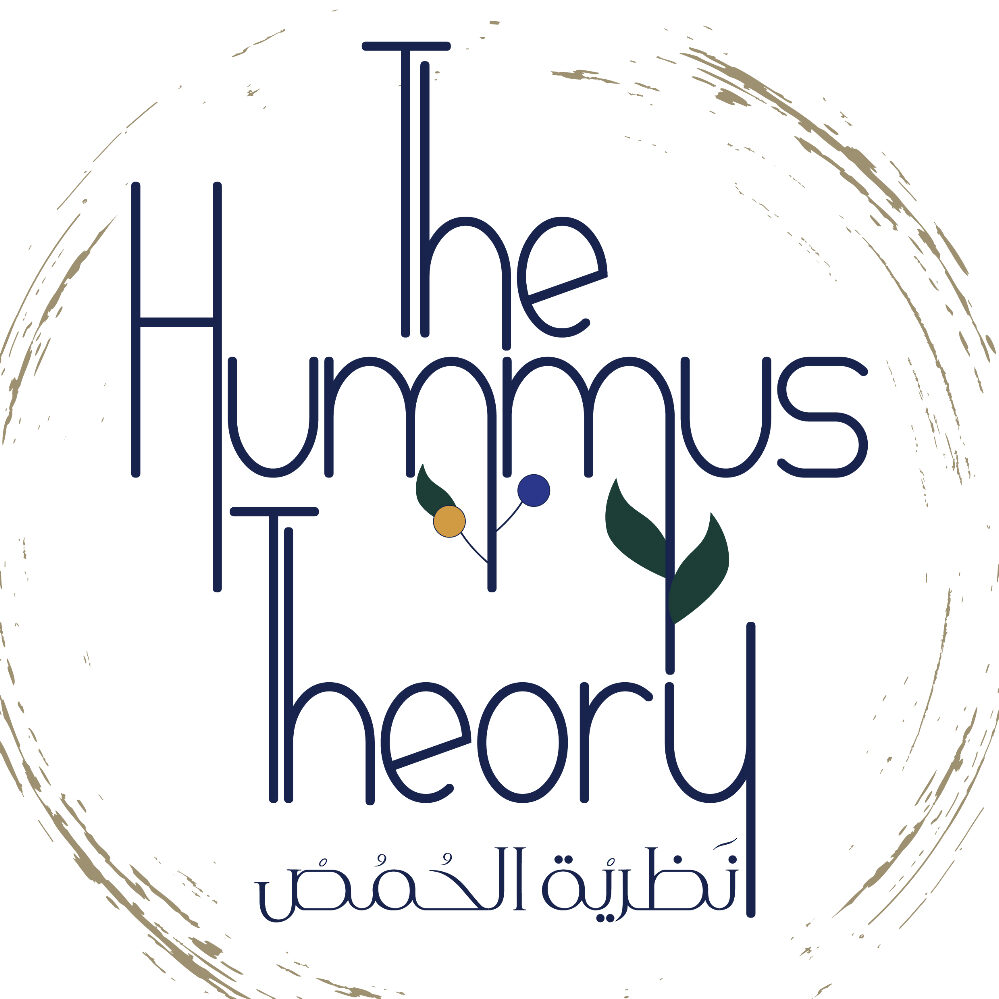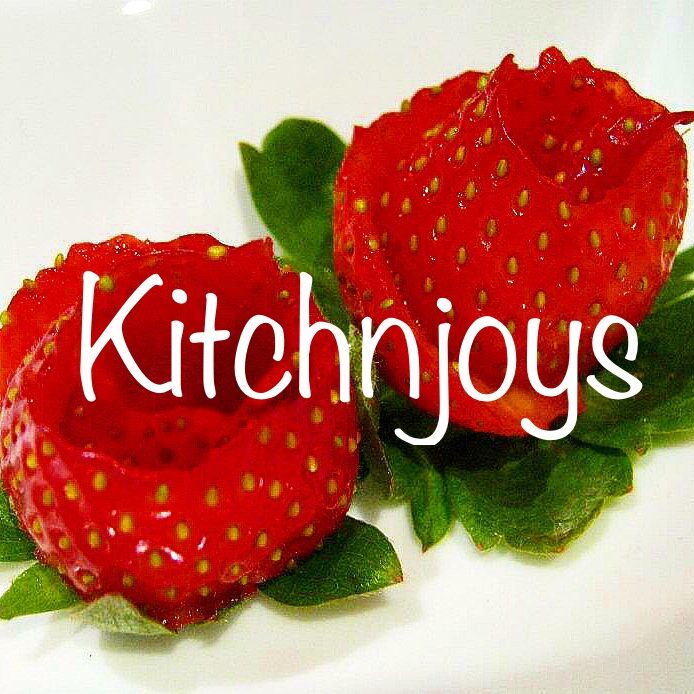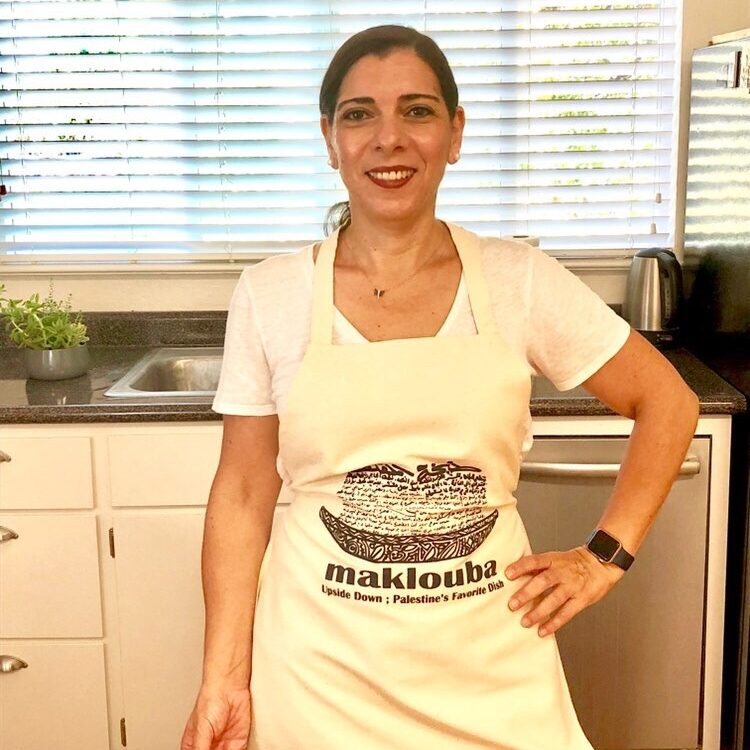Join us in celebrating International Za’atar day! Learn more about this delicious and versatile herb and spice blend from the Levantine region that is commonly used in Middle Eastern food but gaining momentum around the world!
Join In!
On September 23rd, share your favorite Za’atar dish on social media and tag #ZaatarDay + the Za’atar Day social media accounts below!
Follow us on Instagram, Facebook and Twitter:
- Instagram: @Zaatar_Day
- Facebook: facebook.com/zaatarday
- Twitter: @ZaatarDay
What is Za'atar?
Za’atar (pronounced zah-tar) is an herb from the Lamiaceae plant family, Origanum syriacum, among other names. It has a distinctively sharp thyme-like flavor. It is native to the Levantine Region however it can be cultivated in other Mediterranean climates, although the resulting za’atar may not be the same. It is used to make the popular Za’atar blend (of the same name, and also known as Zoubaeh), used in Levantine/ Middle Eastern cuisine, and more. The traditional Lebanese za’atar mix is made with the sun-dried za’atar herb, salt, toasted sesame seeds and sumac spice. It is a staple in the Middle Eastern pantry.
How is it used?
Za’atar may be one of the most versatile condiments and spices. It is a multi-purpose blend that is tangy, savory, with an after bite kick. It is perfect for adding to dips, including olive oil (it's most popular use), labne (a thick cream made from yogurt), hummus, baba gannouj, chickpeas, eggs, adding to roasted and sautéed vegetables, as a rub for chicken, meat, and fish, in salad dressings and more.

The most popular use is mixed with olive oil and as a topping for the traditional Middle Eastern baked bread, mankoushe (pronounced man-ou-sheh)

“I go through the jar of this spice mix so quickly that I end up grabbing it only to find it empty, right next to the still-full sweet paprika. There’s so much to love about za’atar! Bright, earthy, herby, and toasty, it makes plain stuff...taste special. Let’s just say that if I were in a life or death situation where I had to pick a favorite spice mix, za’atar would be it.” Sarah Jampel, Bon Apetit Magazine, July 2019
Recipes
Browse our collection of Za'atar Recipes
What are some health benefits of Za'atar?
Sumac is full of flavonoids, and thyme and oregano are both packed with thymol, an essential oil, and carvacrol, a phenol. Both thymol and carvacrol have antioxidant, antiseptic and fungicide properties. Thymol has also been shown to help control coughing fits in patients with bronchitis.
These days, the medicinal uses of thyme are usually associated with its oil, which contains 25-54% thymol, one of a naturally occurring set of compounds known as biocides that have antimicrobial properties. Scientists from the University of Manitoba wrote that thymol can reduce bacterial resistance to antibiotics,
Researchers have also looked into thyme’s ability to pay a role in fighting food-borne illnesses. At a Portuguese university, scientists found that they worked as a natural food preservative against several common food bacteria.


How you can make a Za'atar Mix?
Combine dried and minced wild thyme with double the amount of toasted sesame seeds and sumac, and a dash of salt.
Our friend Nadia Tommalieh shares her family's blend here
There are many variations, check our recipe page for more!
Where to buy it
In the Middle East, Za'atar is sold everywhere that other seasonings are sold. Elsewhere around the world, it can typically be found at Middle Eastern grocery stores and specialty shops, and it is beginning to make its way to main markets and shops.
You can also find many different types online!

































































